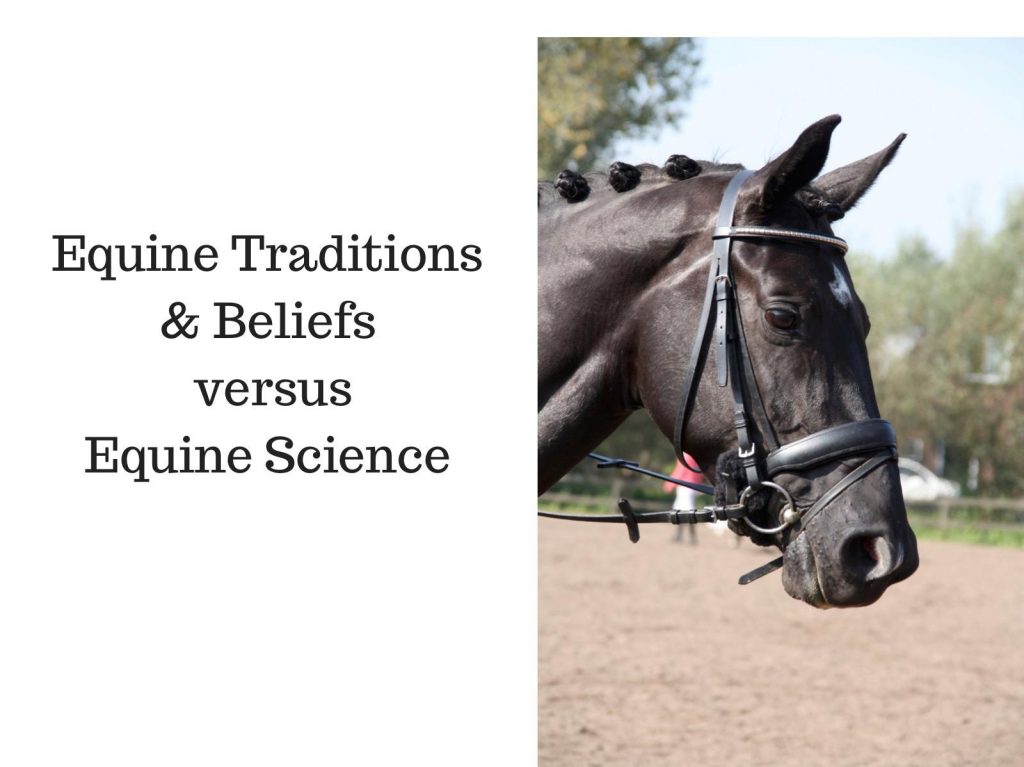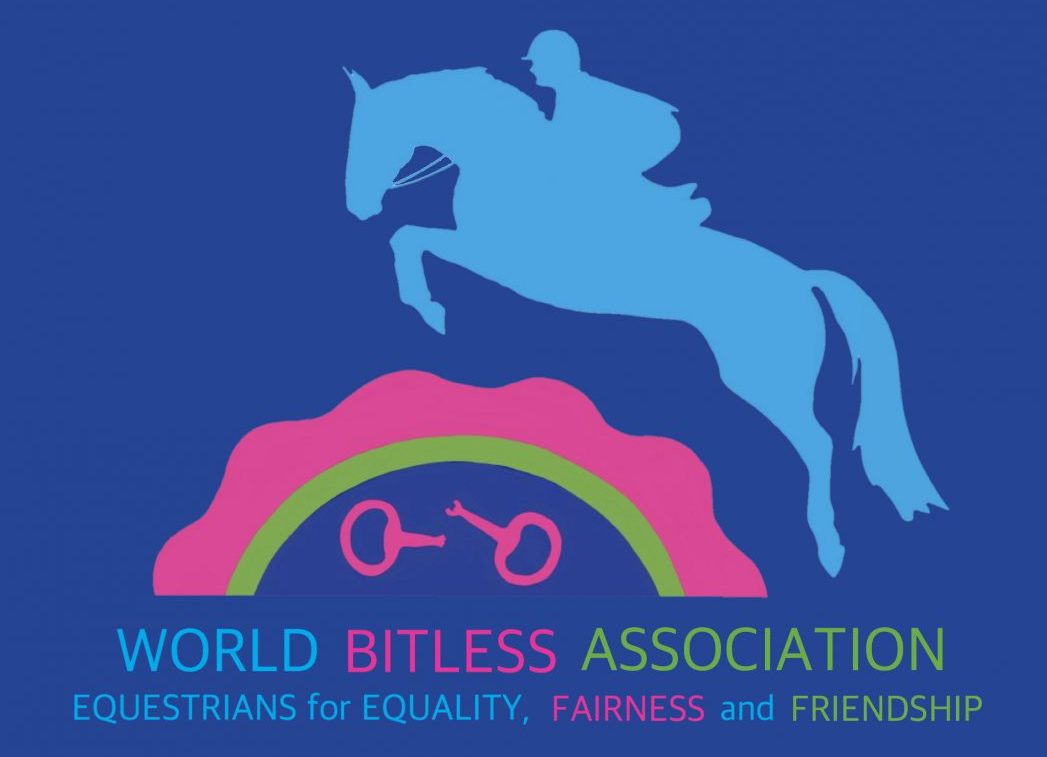
I thought I could change the world
Horses have been the most valuable of teachers for me over the years; I’ve always made a point of passing their teachings on to others who were open minded enough to listen. I honestly thought I could ‘change the world’, well at least change the views of other equestrians in making them see that most of our dealings with horses were not in alignment with the species; both species were speaking in a foreign tongue that neither could understand.
The responses of humans, on the whole weren’t great! Most people were simply not ready to steer clear of tradition.
It took many years for me to realise that actually, I was no different to the people whose minds I was trying to influence. My mind was still stuck in traditionalism and the beliefs I grew up with, albeit to a lesser degree than most I came into contact with. I wasted no time in delving deeper and further afield in my quest to learn and to grow, taking into account extremely slow growing scientific evidence, and more importantly my equine teachers.

Tradition no longer serves you
Years have passed; I’m part of a now fast growing community of like-minded equestrians who also want to change the world. It’s working – slowly but surely. Science is now rapidly providing evidence as to why traditional ways, beliefs, and traditional means of communication no longer serve us or the animals we care for. There are many who still refuse to accept there is a better way than tradition and old beliefs, and just as many who are afraid of new ways.

You must not remain stagnant.
So, I ask you, “How well do you understand your horse?” How sure are you that you understand your two way communication?
I ask that you ponder the following, because if you remain stagnant in traditional ways you will never accomplish a true bond with the horses in your care. You will never fully cater for their wants, needs and welfare considerations.
In order to have that truly successful relationship you strive for with the horses in your care, you must first understand that:
• anything the horse does that you might consider unreasonable is in fact, the horse just being a horse.
• His brain is tiny in comparison to his body. However, the assumption that the horse is unable to think and feel has been blown apart by science.
• He hears sounds that you are unable to hear; he will hear something approaching long before you see it. When he warns you of the noise he hears through his body language and behaviour, such as raising his head and planting his feet, you might misinterpret it as disobedience and stubbornness because you’re unable to give any other explanation for it.
• His eyesight differs from your eyesight. Because his eyes are set on the side of his head, his peripheral vision gives him a completely different perspective to that of your own. His monocular vision gives him the tendency to spook due to his large eyes being sensitive to the slightest movement; he has blind spots – one of them being directly in front of him which is why you should never approach him from the front.
• He trusts that you will safely guide him over the obstacle he must jump,yet is unable to see as he reaches the take off point?

• The horse’s digestive system is designed to trickle feed; it is designed to forage grasses and herbs. Yet we treat most herbs as weeds and poison them. We limit the horse’s grazing and feed him processed cereals that are difficult to digest.
• He is naturally a herd animal, yet we isolate him.
• He is naturally a roamer, yet we box him in.
• His head and neck are designed to forage from the ground which assists in natural nasal drainage, yet we hang hay nets.
• The interdental bars of the mouth were not designed to accommodate any type of bit; yet a double bridle is common, as are more devilish contraptions of ‘control’.
• Scientific research conducted by W Robert Cook F.R.C.V.S., PhD some years ago shows that the insertion of a bit triggers the soft palate into rising to allow the process of the intake of food. The elevation of the soft palate inhibits breathing. This in turn can affect performance and the horse’s emotional state.
The inhibited breathing is not at this time considered a welfare implication by the Equestrian Governing Bodies. (In 2016, when I attempted todiscuss the matter with the B.H.S Chief Executive, I was informed that the inhibited breathing was minimal and of no concern.)
• Further, the production of saliva results in a horse who is barely able to breathe through his nose, and has a mouth of saliva that he is unable to swallow due to the pressure on the tongue by the bit.
As a youngster, I was taught that a drooling mouth was a good sign – it showed that the horse was mouthing and accepting the bit.
The production of saliva should only ever be sufficient to aid mastication and be easily swallowed without restriction. A foaming, drooling mouth is
the result of the combined inhibited breathing and a tongue that is unable to move to allow the horse to swallow.
• The back was designed for speed and I don’t mean racing!
• The skeletal frame along its length was designed to protect the internal organs, muscles, and hold in the stomach contents; yet we place the weight of a saddle on his back followed by our own weight.
• He is naturally barefoot, yet we nail iron to the hooves.
Stomach churner
As I began to work on my self-development under the guidance of the only teachers I would trust, I began to notice the change of mood, the tiniest of movements- the stance, the subtlest behaviours, the slight flick of the tail, the crease above the eye, the ear position and so on as I went about every aspect of my care and handling of horses. Wow, what an eye opener! What a stomach churner!
How could I have not seen or felt the pressures, restrictions, constraints, the human emotion and beliefs I was forcing on these animals who had the power and strength to destroy me if they so wished, yet who would rather accept them so that I might learn the lessons required of me. Could it be that I inadvertently pressured them into what is now termed ‘learned helplessness’?
Don’t shoot the messenger!

As I said, I write this as someone who has experienced where you might be right now. The point of my message is not to advise that you down tools, stop riding, find 50 acres of grazing and demolish the stables, or to beat yourself up. I did the latter for quite some time and it only delayed my development.
My message is one of encouragement. Take each of the 12 points I’ve raised and do some research on how you can improve and tweak the elements that will benefit first the horse, then you. There are elements that may take a time to change or tweak; for example deciding whether or not to go barefoot will take some research and advice from your regular farrier and a barefoot expert. The wisest people to question are those who actually care for barefoot horses.
You may feel you’re not ready to seek changes in particular elements yet. So, pick just one aspect. Even that one aspect will improve well-being. I urge you not to remain stagnant.
You may think you have a good relationship; I don’t doubt that. But doesn’t an understanding relationship and deep bond sound great? While you’ve been focusing on your ‘good’ relationship, the horses in your care have been prompting you towards a deeper bond; you will only achieve it when you are able to listen and to act upon it with the knowledge, clear communicationchannel, and feel required.
Beyond your wildest dreams
You may have expectations of the horse that he is unable to fulfil unless you fully understand him as the intelligent sentient being he is. As carers of animals, it is our duty to care for and understand them on the scientifically proven energetic level, a level that goes far deeper than the physical animal you see daily.
When you understand the horses in your care from their energetic core, you will also understand why your care and handling of them must change.
When you accept there is a better way, the bond and clear communication channel with your horse will develop beyond your wildest dreams.
If you’d like to know more, please visit my website www.avissenior.com where you will find my complimentary online course ‘The Animal Core Energy Connection Series – The Foundations’ – an introduction to humans and animals as energy beings (we are not that different from each other!).
Please feel free to visit’Animal Intuitive Development’ (A.I.D) – our closed Facebook Group where you’ll find useful information. You have nothing to lose but probably far more to gain than you might realise.
I’ll be right here if you have any questions.
Avis
